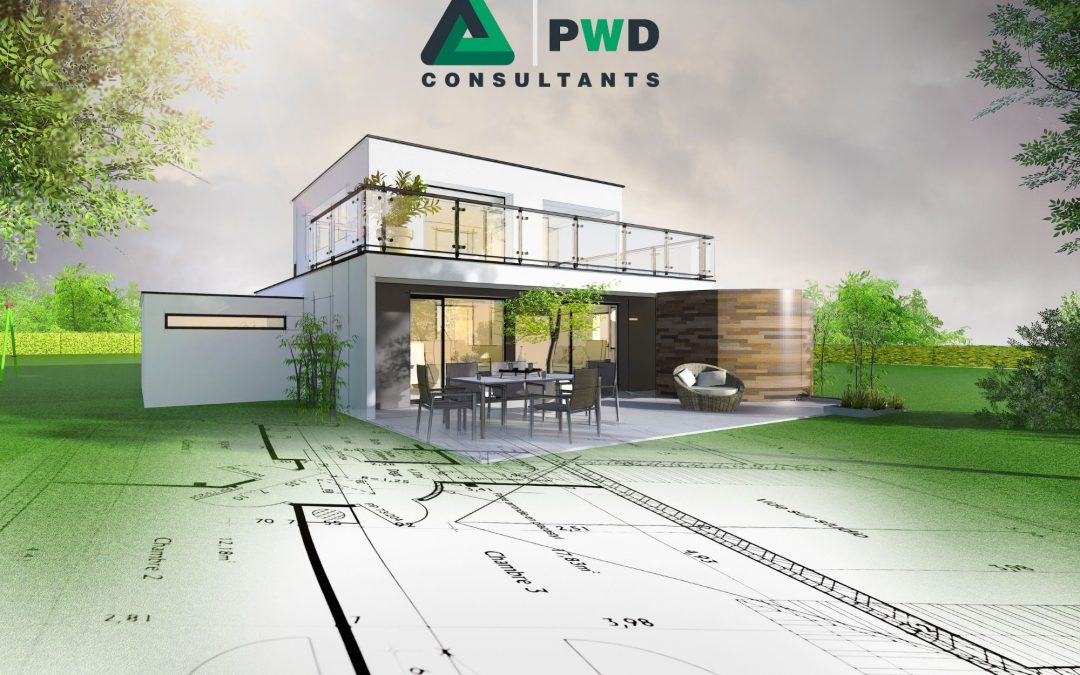The construction industry has always been a cornerstone of innovation, continuously evolving to meet the demands of modern society. One of the most transformative changes in recent decades has been the integration of 3D modelling technologies.
At PWD Consultants, we harness the power of 3D modelling to enhance our project delivery, improve accuracy, and optimise client engagement.
Here we explore the pivotal role that 3D modelling plays in modern construction, detailing its benefits and applications.
What is 3D Modelling?
3D modelling in construction involves creating a digital representation of a physical building in three dimensions. This virtual model includes the physical and intrinsic properties of the building, providing a comprehensive overview of every aspect of the construction process.
Using sophisticated software such as Revit and Tekla, these models can be manipulated and viewed from any angle, making them invaluable tools for architects, engineers, and builders.
Enhancing Design Accuracy and Efficiency
The primary advantage of 3D modelling is its ability to significantly enhance the accuracy of building designs. Traditional 2D plans can lead to misinterpretations, resulting in design flaws that may only become apparent during construction. 3D models eliminate much of this risk by providing a clear and detailed visualisation of the project, which helps in identifying potential issues early in the design phase.
Error Reduction
By visualising structures in 3D, engineers can easily detect clashes between different building systems, such as electrical conduits and plumbing, before the construction phase begins.
Efficient Revisions
Changes to designs can be made in real-time and viewed immediately, ensuring all stakeholders can see the implications of design decisions without waiting for updated plans.
Improving Project Collaboration and Communication
3D modelling facilitates better communication not only within the design team but also with clients and contractors. The clarity provided by 3D models helps all parties involved in the project to easily understand the design intent and the functional characteristics of the building.
Enhanced Collaboration
Tools like BIM (Building Information Modelling) allow multiple team members to work on the same model, updating in real-time and ensuring all data is current and accurate across all disciplines.
Client Presentations
For clients, visualising their future building in 3D rather than trying to interpret flat blueprints can lead to greater satisfaction with the final product, as they can more easily express their preferences and understand the implications of their choices.
Streamlining Construction Processes
The use of 3D models extends beyond the design phase into construction planning and management. These models enable more effective planning of construction processes, leading to time and cost savings.
Construction Sequencing
3D models can simulate the construction process and timeline, helping project managers visualise each phase of construction and better plan the ordering of materials, manpower, and machinery.
Integration with New Technologies
3D models are increasingly being used in conjunction with other technologies such as GPS and AR (Augmented Reality) to guide construction machinery and to provide real-time, on-site visualisation of the finished product.
Facilitating Maintenance and Management Post-Construction
After construction, 3D models prove valuable for the maintenance and management of the building. They can be used to create detailed guides and operation manuals that help maintenance teams understand the layout and systems of the building.
Facility Management
Integrated 3D models can serve as part of a comprehensive facility management system, helping managers monitor systems and plan maintenance operations effectively.
The Future of 3D Modelling in Construction
As technology continues to advance, the role of 3D modelling in construction will only grow. Innovations in AI and machine learning are set to further enhance the capabilities of 3D models, making them more predictive and interactive.
At PWD Consultants, staying at the forefront of these advancements is a priority. We are continually exploring new ways to integrate these technologies to deliver superior results to our clients.
Contact Us
If you’re interested in learning more about how 3D modelling can transform your next construction project, or if you need expert consultation on a potential build, reach out to us.

